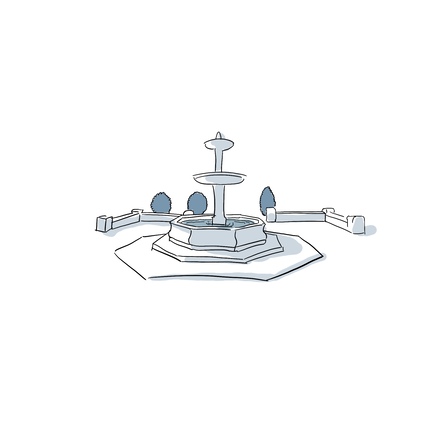
1. Paseo de los Tristes
This charming walkway runs alongside the Darro River, which winds through Granada at the foot of the Alhambra, just above you on the hillside to your left. Read more
Tour
7,3 km
3h00
23 audios
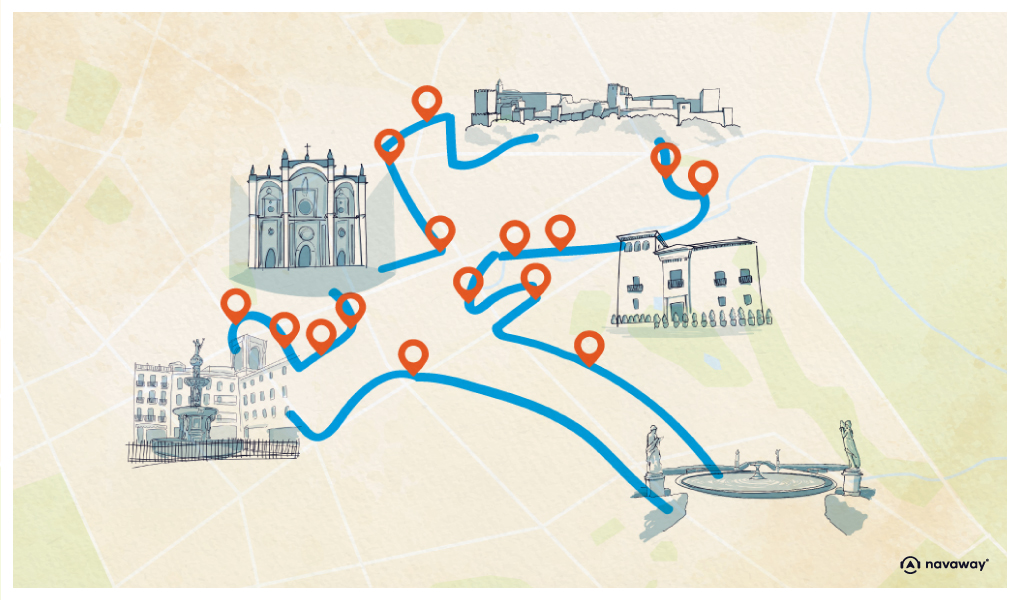
Text version
Let’s head to Granada! Festive, vibrant, and full of life, this is the perfect destination for anyone looking for sunshine, history, and the unique charm of an Andalusian city. Wander through its many neighbourhoods to discover an extraordinary mix of architecture, from magnificent Moorish palaces to elegant Renaissance churches. The influence of Muslim rule still lingers in the streets, the churches, and the palaces, some of which have remained almost untouched since the Middle Ages. With lively squares, narrow alleyways, and some of the most beautiful monuments in Spain, Granada is one of the country’s most visited cities. Flamenco, tapas, and fiesta are all part of the experience in what many call the Belle of Andalusia. So don’t wait, grab your hat, pack your sunscreen, and get ready to explore this exciting city full of energy!

This charming walkway runs alongside the Darro River, which winds through Granada at the foot of the Alhambra, just above you on the hillside to your left. Read more
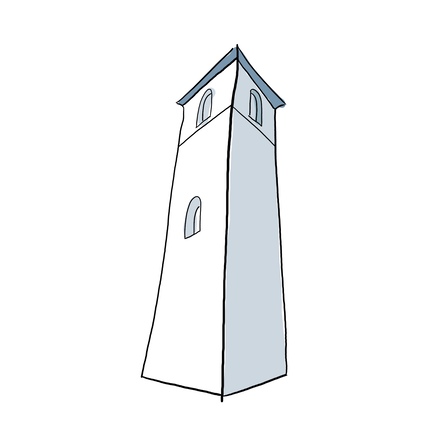
The tower that rises in the middle of this narrow street is believed to date back to the 10th century, or perhaps even earlier. Read more
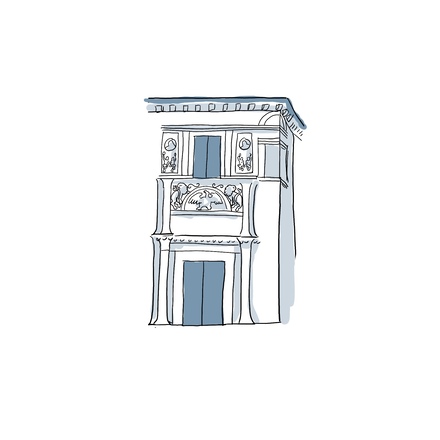
The richly decorated house on your right is known as the Casa de Castril, one of Granada’s most iconic buildings. This former 16th-century palace is among the finest examples of Renaissance architecture in the city. Read more
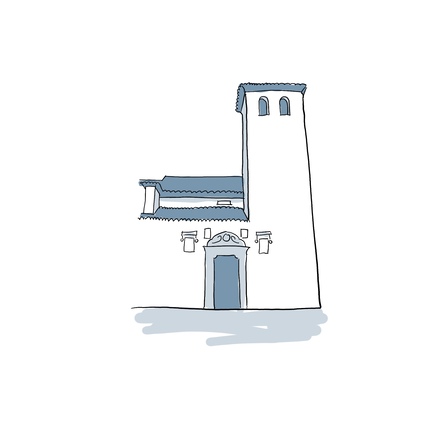
This small church, located in the heart of the Albaicín district, shares its name with the square where it’s stood since the 16th century. It was built to replace a former mosque that once stood here when the Moors ruled the city. Read more
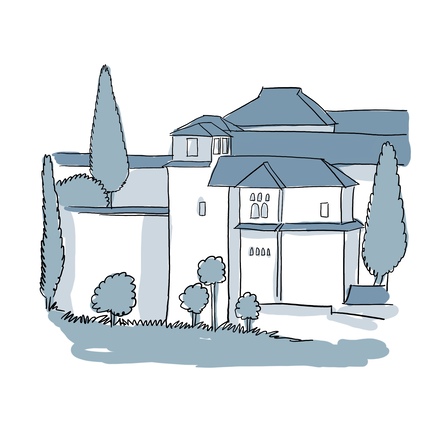
You’re now standing at the foot of the Dar al-Horra Palace, one of the last remaining traces of the medieval Muslim district that the Albaicín once was. Read more

This is the most iconic view of Granada, the one you’ll find on postcards, in travel books, and all over tourism websites! And for good reason, it offers a breathtaking panorama of the city’s most famous landmark, the Alhambra. Read more
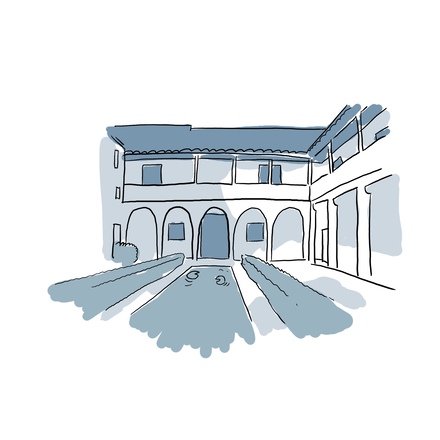
Here’s another beautiful example of Mudéjar architecture, a style that blends Christian and Muslim architecture. These two houses were likely once part of an Arab palace, and in the 16th century, they were inhabited by Moriscos, Muslims who had converted to Christianity after the Reconquista. Read more
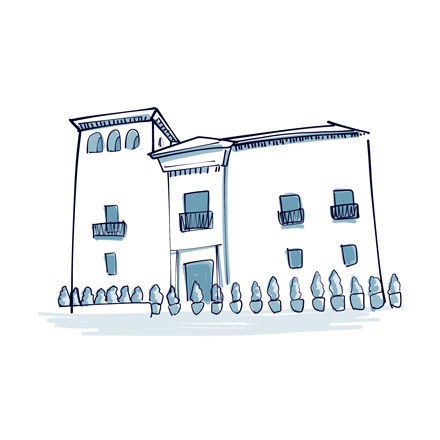
You’re now standing in front of the Palace of los Córdova, with its beautiful Renaissance-style façade. Built in the 16th century, it was originally located in the city centre of Granada before being reconstructed here, in the heart of the Albaicín district. Read more
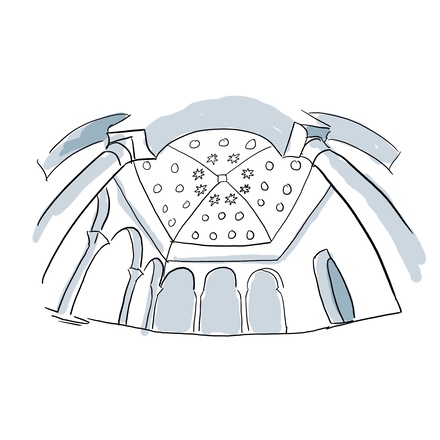
The building to your right houses the oldest and best-preserved baths in all of Andalusia. Built in the 11th century, they’re even older than the Alhambra! Arab baths served two purposes: they were places for personal hygiene, but also for socialising. Read more
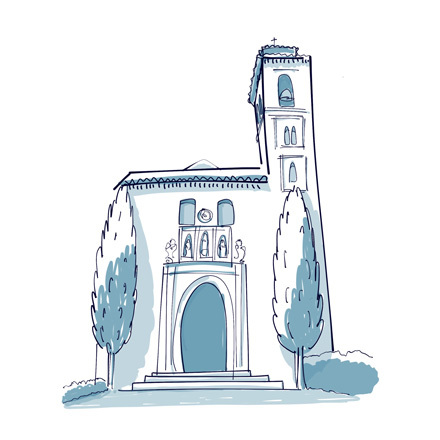
Built in the early 16th century on the site of a former mosque, just like many of the churches in Granada, it showcases a beautiful Mudejar style, making it one of the most stunning churches in the city. Read more

In front of you is a sweeping view of the Albaicín district, known for its bright whitewashed houses. Perched on one of Granada’s hills, you can now see the neighbourhood stretching out before you from this stunning spot, called the Churra viewpoint. Read more
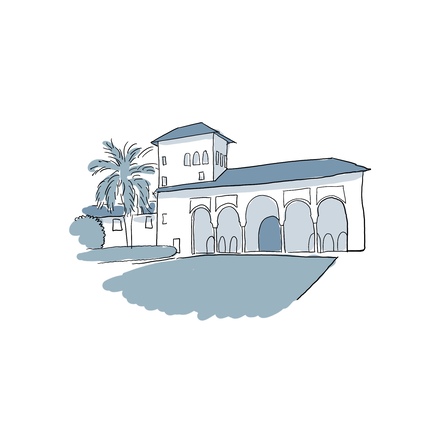
You’re now wandering through the gardens that lead up to Granada’s iconic monument, the Alhambra. Read more
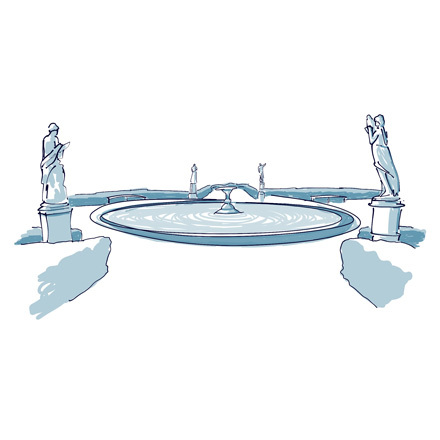
The Carmen de los Mártires is a charming mix of French and English-style gardens, just steps away from the Alhambra. Read more

As you walk along the Paseo de los Mártires, a lovely view opens up on your left. You’re now on the hill of the Alhambra, with a scenic outlook over the rooftops of Granada and the surrounding mountains. Read more
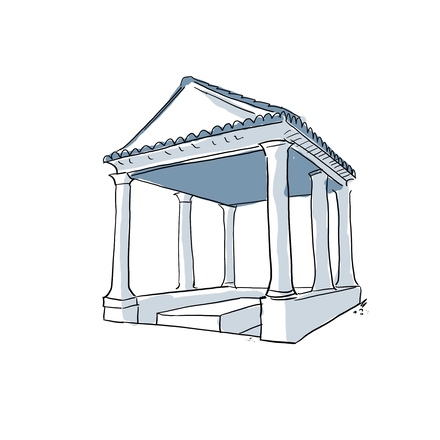
We’re now in the Realejo district, the former Jewish quarter, known for its beautiful whitewashed houses. Read more
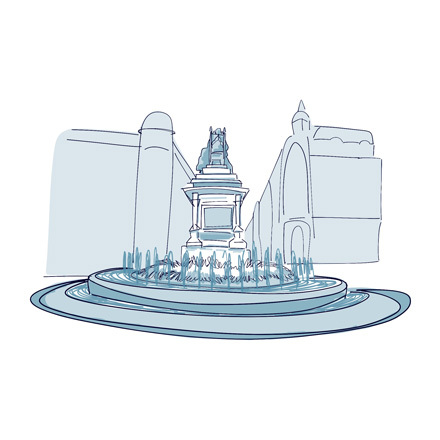
As you may have guessed, this square is named after Isabella the Catholic, Queen of Castile and León, Aragon, Majorca, Valencia, Sardinia, Sicily, and Naples. Read more
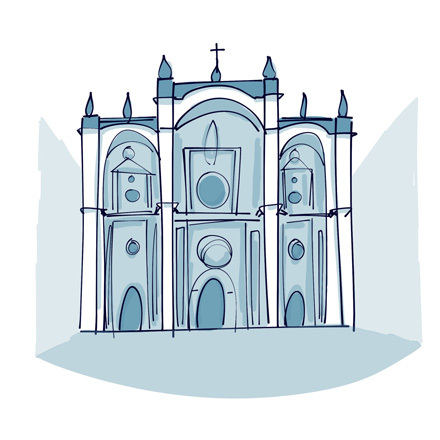
Granada Cathedral is one of the city’s key landmarks, known for its elegance and striking proportions. It’s the first Renaissance cathedral built in Spain. Read more
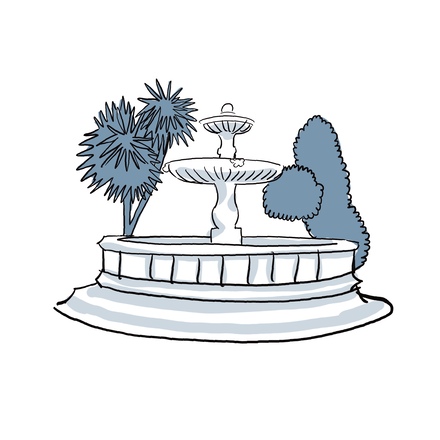
Plaza de la Trinidad sits at the crossroads of Granada’s main shopping streets, and takes its name from the former church that stood here in the 16th century. Read more
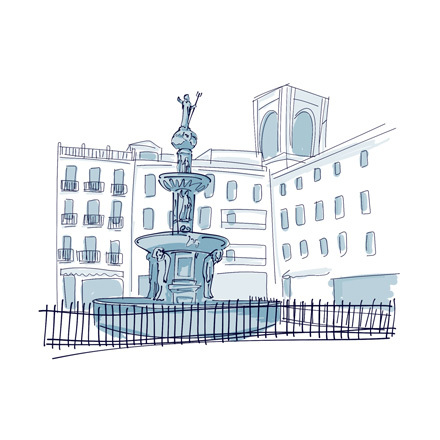
This large central square is one of the liveliest spots in Granada, only a stone’s throw away from the cathedral. Read more

This is one of Granada’s most iconic streets! It echoes the city’s rich historical past, shaped by successive Muslim dynasties. With its small, traditional shops that feel like something out of a North African souk, Calle Ermita is laid out like a traditional bazaar, where stalls once overflowed with Arab silk and exotic spices. Read more
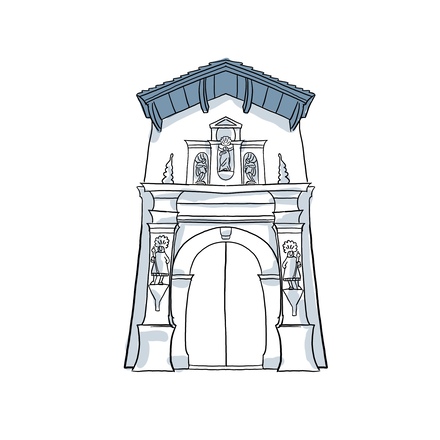
You’re now standing at the entrance to the Royal Chapel of the cathedral. Construction began in 1506, during the reign of Charles V. Read more
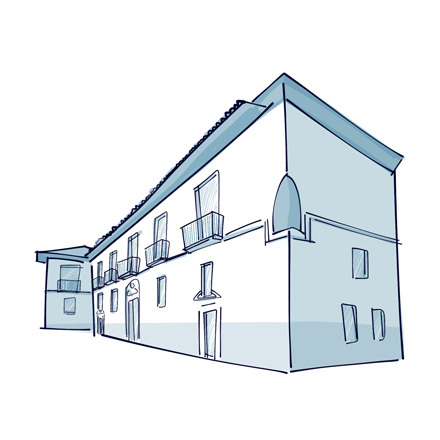
Opposite the Royal Chapel entrance stands the beautiful Palace of the Madraza, just on your right. It was founded in the 14th century during the reign of Yusuf I, the seventh Emir of Granada, and originally showcased a very different architectural style, one that was distinctly Moorish. After the Reconquista and the arrival of the Catholic Monarchs, the building was completely redesigned in the Baroque style you see today. This building once housed the first public university in al-Andalus and was considered a true temple of knowledge, drawing great philosophers, poets, and mathematicians who came here to teach. After the Christian conquest, its library was dismantled and burned in nearby Bib-Rambla Square, and the building was turned into Granada’s city hall, a role it held until 1841. This was where the municipal council would gather. The only remaining trace of the palace built by Yusuf I is the oratory inside the building, as well as its splendid white marble gateway, now housed in the Archaeological Museum of Granada. Today, the Palace of the Madraza is home to the University of Granada’s Centre for Contemporary Culture. Read more
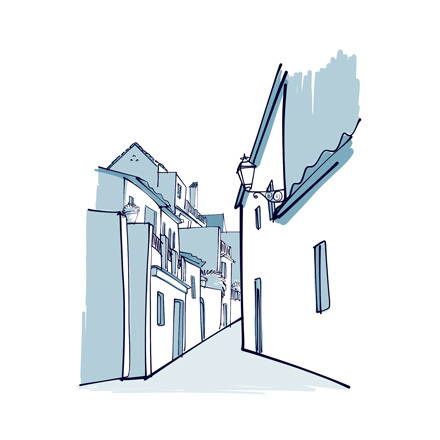
You’re now entering Granada’s most iconic neighbourhood, the Albaicín, the city’s former Arab quarter, known for its whitewashed houses, called cármenes, rising along one of the city’s hillsides. Read more


Discover Granada with app
An interactive guide through the most beautiful streets, squares, and districts
23 fun audioguides full of historical facts, anecdotes, and legends
Dive into the history and beauty of the Alhambra, a true masterpiece of Islamic architecture
The must-see attraction in Granada is the Alhambra—an ancient fortified medieval city and former residence of the Nasrid kings during the Muslim period. Add to that a visit to the Generalife gardens, and you’ll have explored the entire UNESCO World Heritage site, which features some of the most stunning Nasrid architecture still standing from the former Kingdom of Granada. If you’re planning to visit during the high season, make sure to book your tickets well in advance on the official website, so you can secure your spot and choose your preferred date and time. Be sure to bring water, and don’t forget a hat and sunscreen—there’s little shade on site, and the visit usually lasts several hours.
To continue exploring Granada’s most beautiful landmarks, head to the Royal Monastery of San Jeronimo—a true Renaissance gem. Built by the Catholic Monarchs, it’s richly decorated and features two charming cloisters. Just a few steps away, you’ll also have the chance to visit
Round off your Granada trip with a visit to the Sacromonte neighbourhood. Known for its dazzling white cave houses, it’s famous for its flamenco shows, which we highly recommend attending at least once. You can also visit the local museum and abbey to learn more about the area.
Nature lovers, you’re in for a treat in the vast Sierra Nevada National Park! This mountain range, with its breathtaking landscapes of lakes and forests, is just an hour’s drive from the centre of Granada. Whether it’s hiking, mountain biking or horseback riding in the summer, or skiing and snowshoeing in the winter, this national park offers countless ways to enjoy the great outdoors all year round. It’s also the highest mountain range in Europe after the Alps.
If you have a little more time in the region, don’t miss some of the surrounding villages. Alhama de Granada, about an hour’s drive away, is perfect for a stroll along whitewashed houses, dramatic gorges and famous Arab baths.
Even more spectacular, Montefrío is a truly unique village that deserves a visit. With its church perched on top of an impressive rocky outcrop, it stands out as one of the most fascinating villages in the region, offering a rich history and delicious local cuisine. It’s also known for its breathtaking viewpoint, praised by the renowned magazine National Geographic.
Another must-see during your stay in the region is the beautiful town of Salobreña. Located by the sea, it boasts several beaches that are perfect for swimming, along with a charming historic centre and a hilltop castle. It’s less than an hour’s drive away.
Guadix is another surrounding town that’s worth visiting, known for its distinctive cathedral, Roman theatre, and troglodyte district.
If you keep heading north for about an hour, you’ll reach the Gorafe desert, a landscape of stunning rock formations reminiscent of the American West or the fairy chimneys of Cappadocia. You will need to reach the desert by car.
Finally, if you’re on a road trip through Andalusia, don’t miss the spectacular cities of Seville, Córdoba, Ronda, and Malaga, ideal if you’re craving some sun and beach time.
Discover Granada’s rich culture and traditions through these one-of-a-kind experiences
200 audioguided tours for cities all around the world
DownloadOur rating
Budget
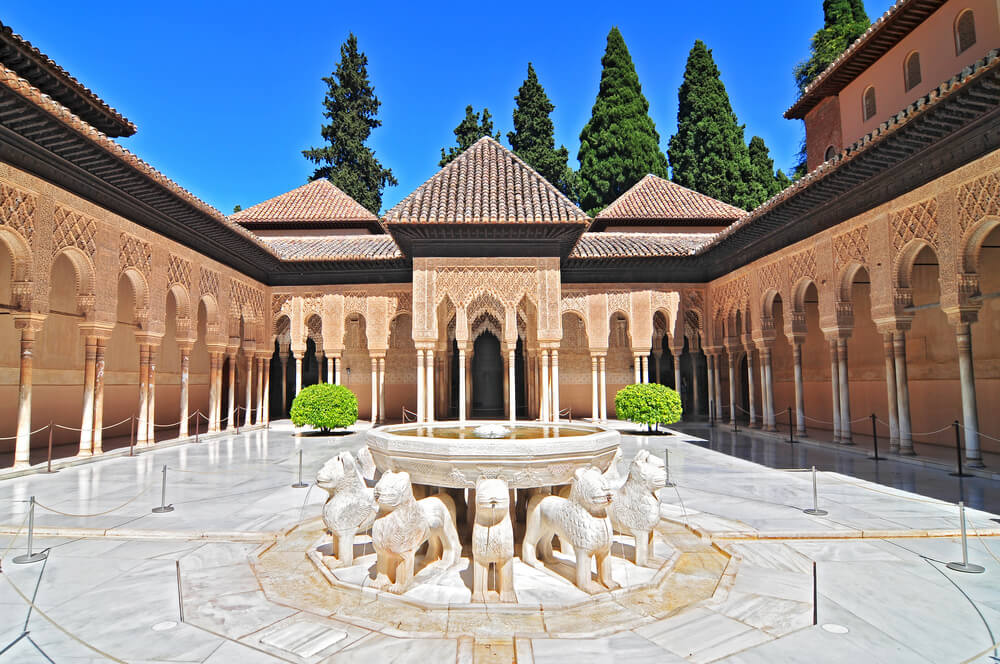
Here’s THE must-see monument of Granada — a true source of pride for its residents and for Andalusia as a whole.
The Alhambra is a historic complex that was originally considered a…
Read more
A little tip: since the site is extremely popular with visitors, it’s best to book your visit several weeks in advance to make sure you get a spot during your stay in Granada. Opening hours vary, but the Alhambra generally welcomes visitors from 8 a.m. to around 8 p.m.
Our rating
Budget
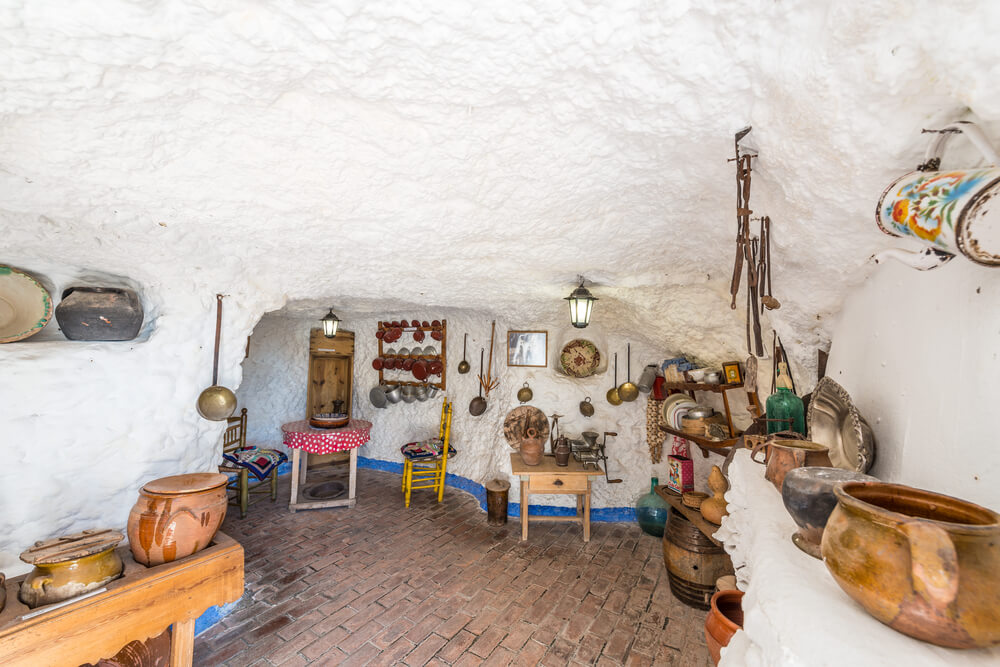
See our full review
Our rating
Budget
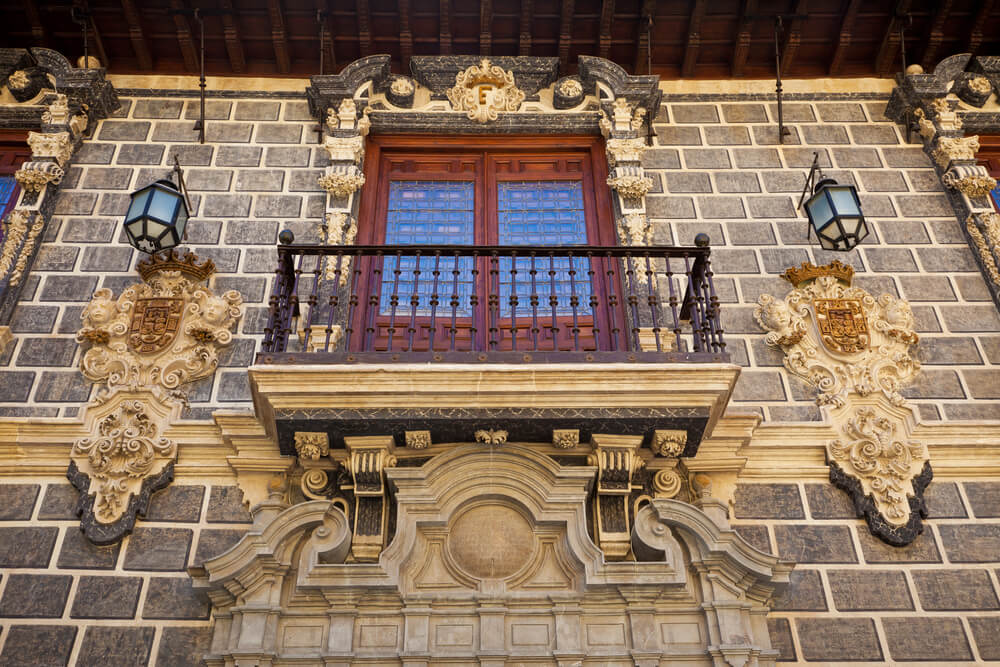
See our full review
Our rating
Budget
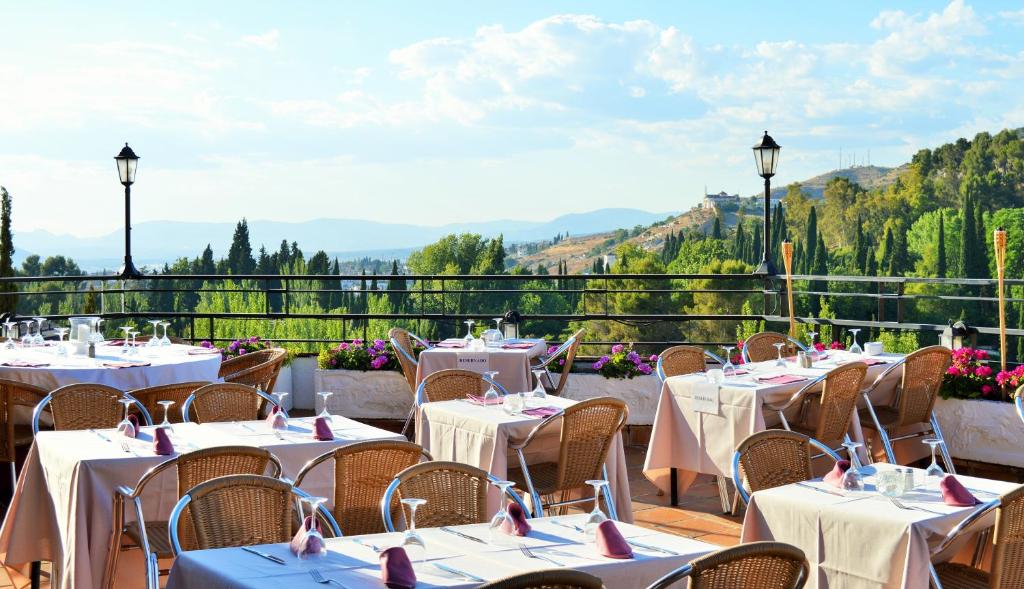
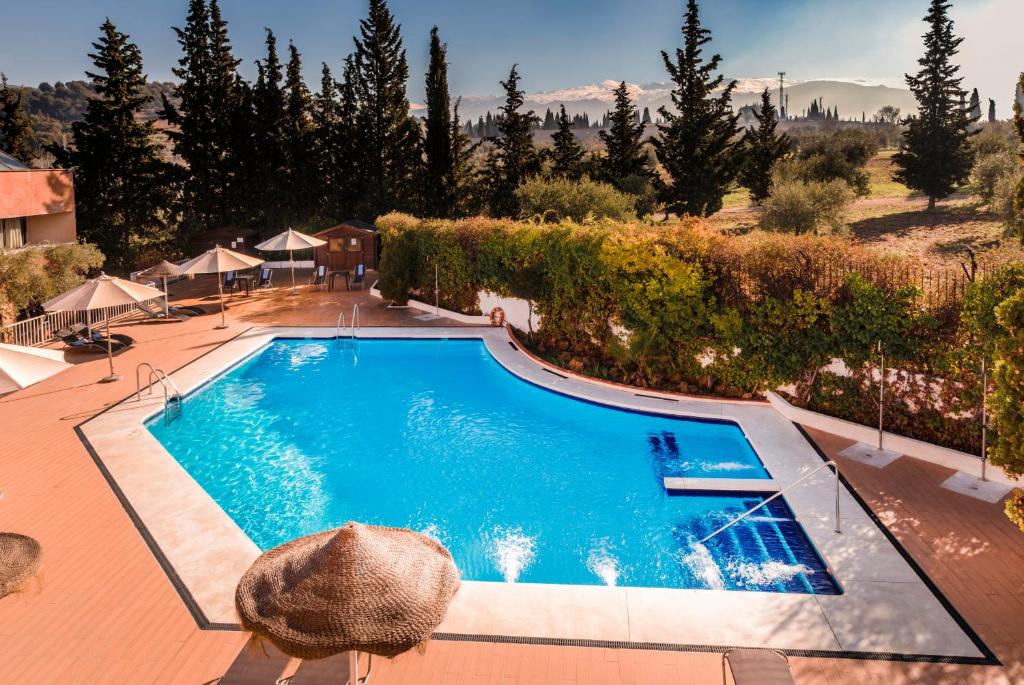
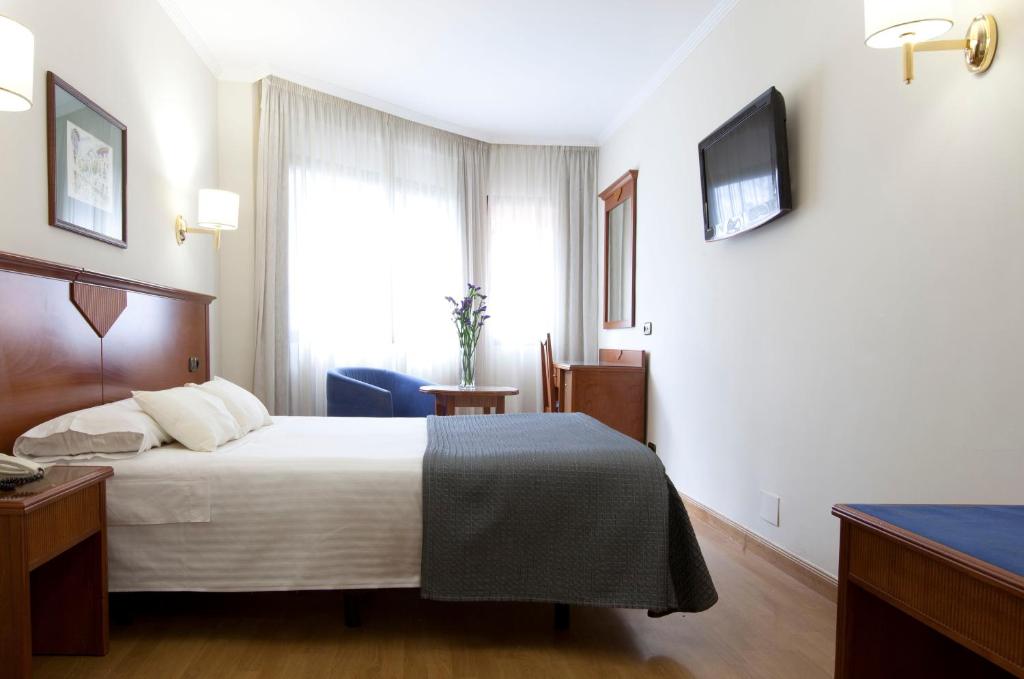
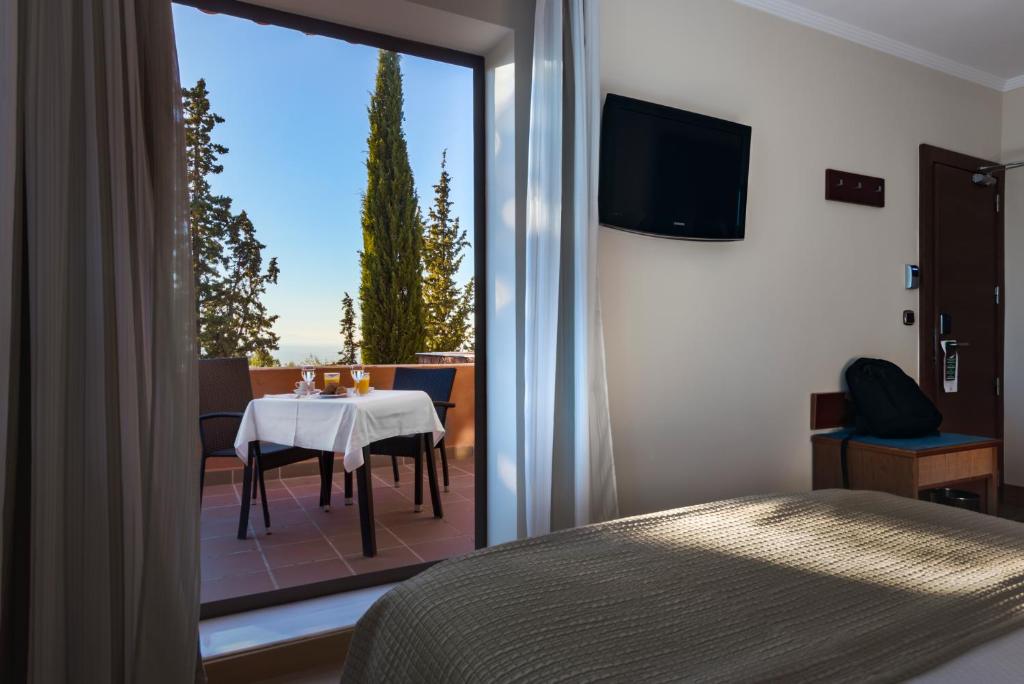
Your comfort? That’s their priority! This is an establishment that really cares about the well-being of its guests. The…
Read more
Highlights:
Weak points:
Location: Paseo de la Sabica, 40, Granada city centre, 18009, Granada, Spain
Our rating
Budget
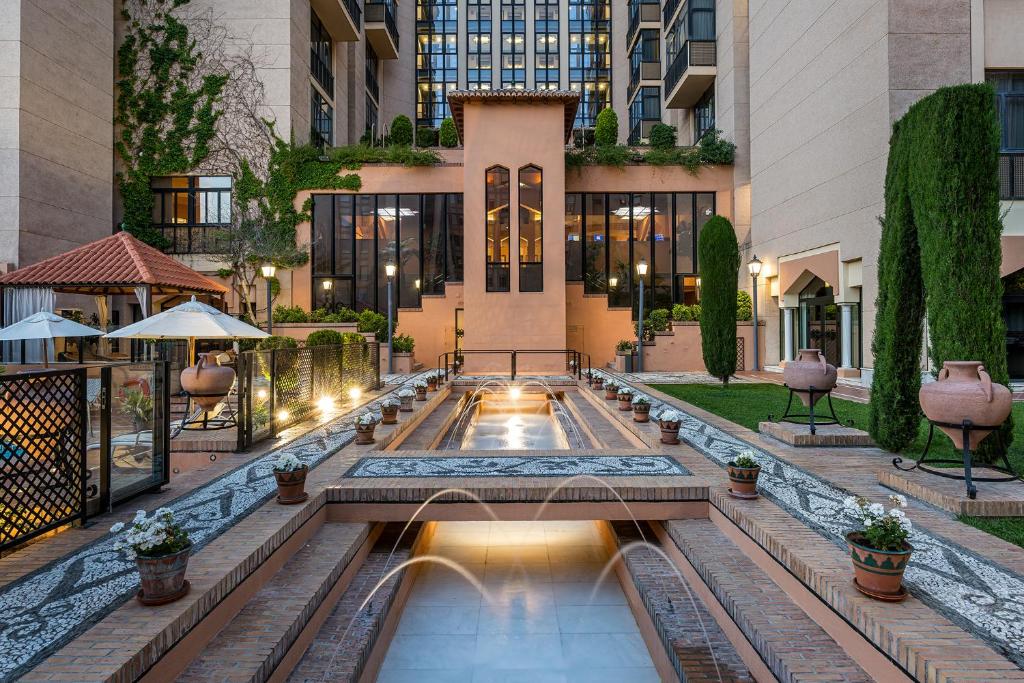
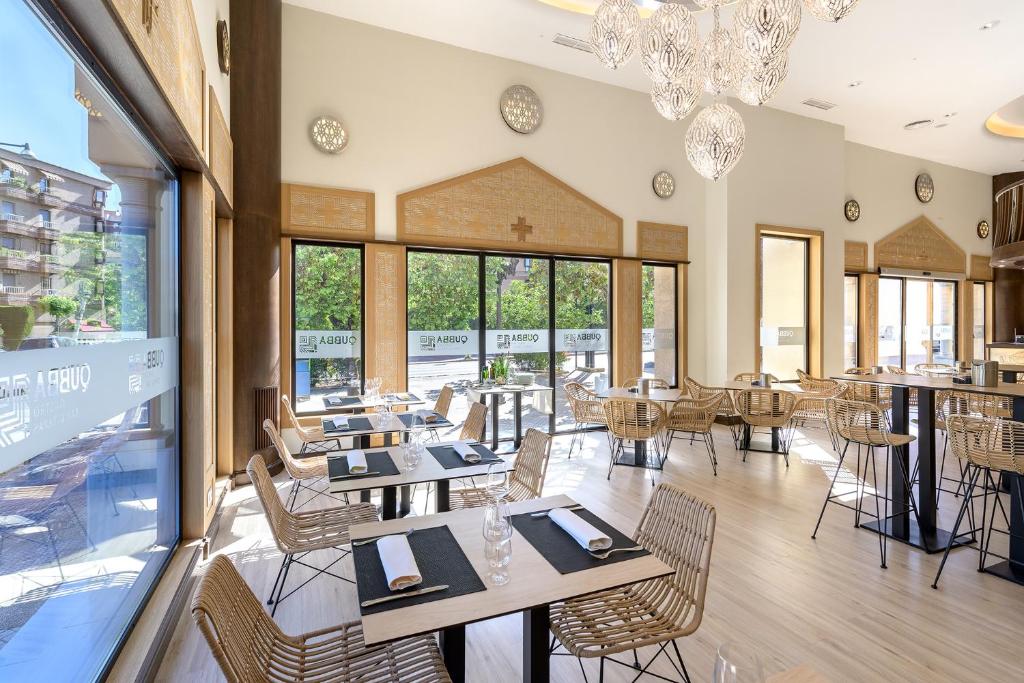
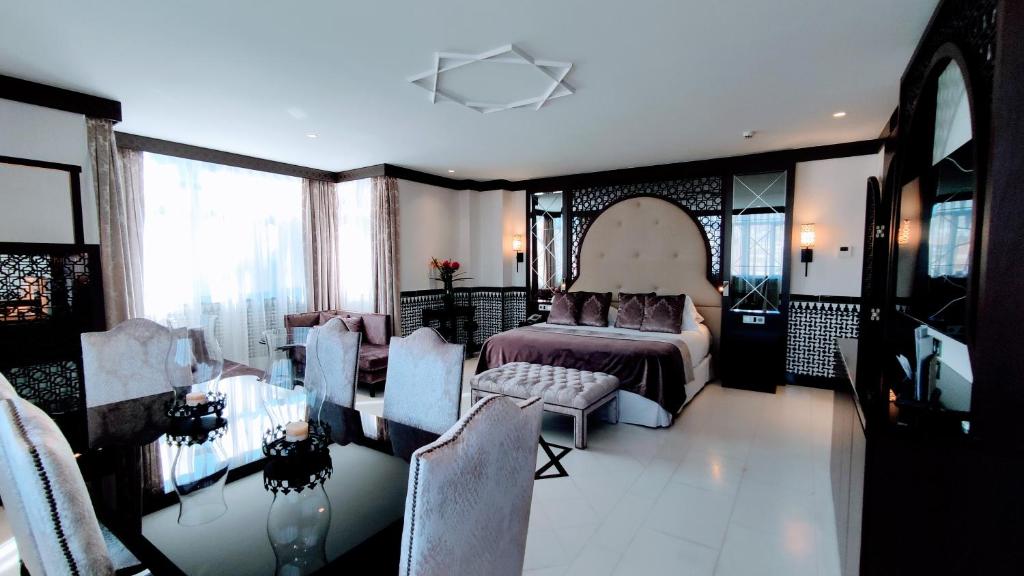
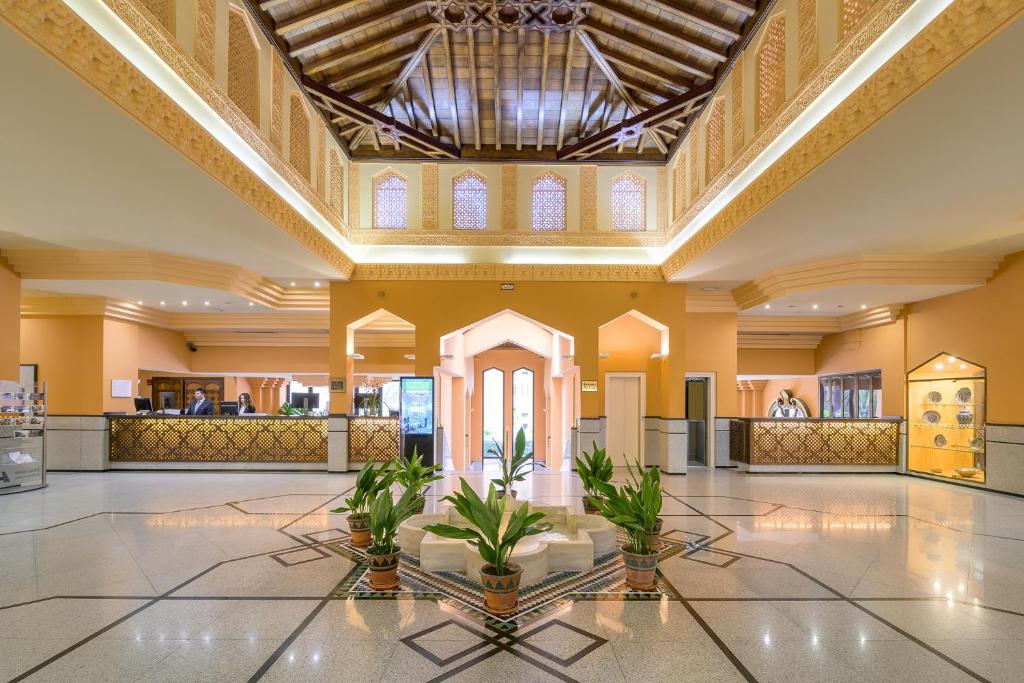
See our full review
Our rating
Budget
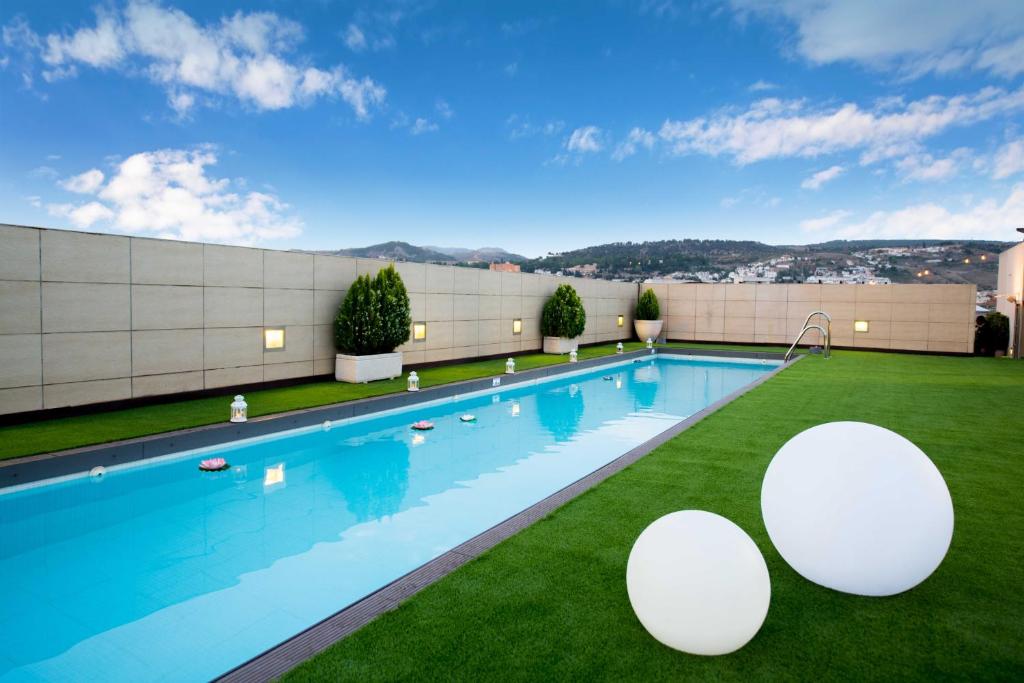
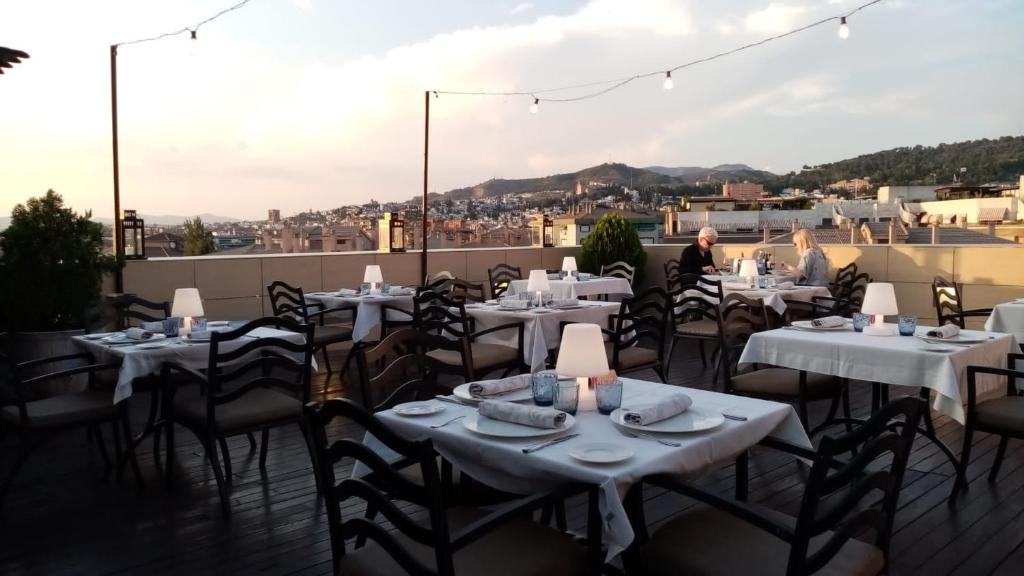
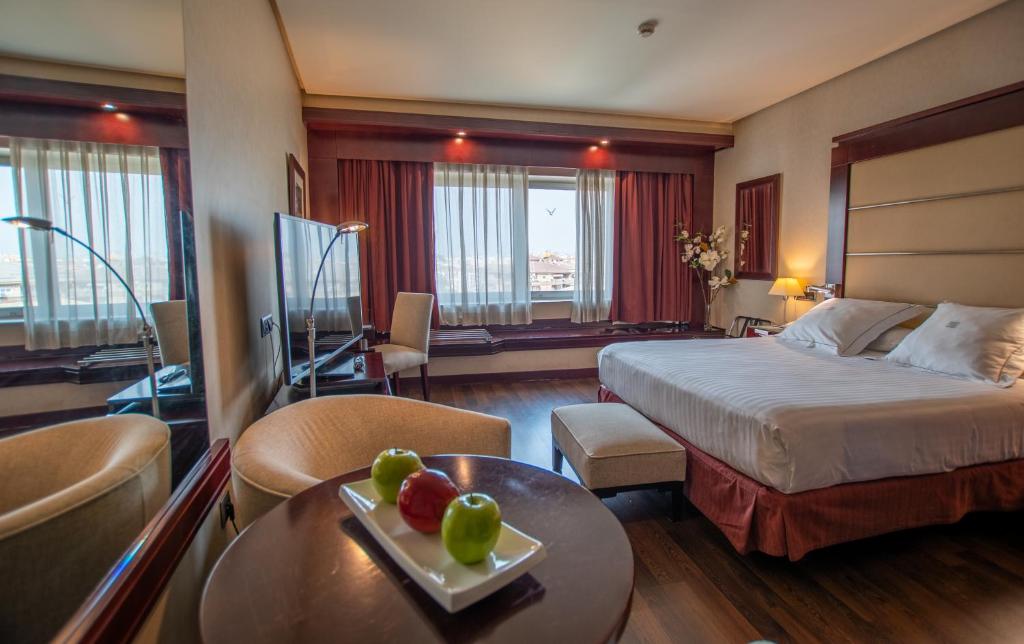
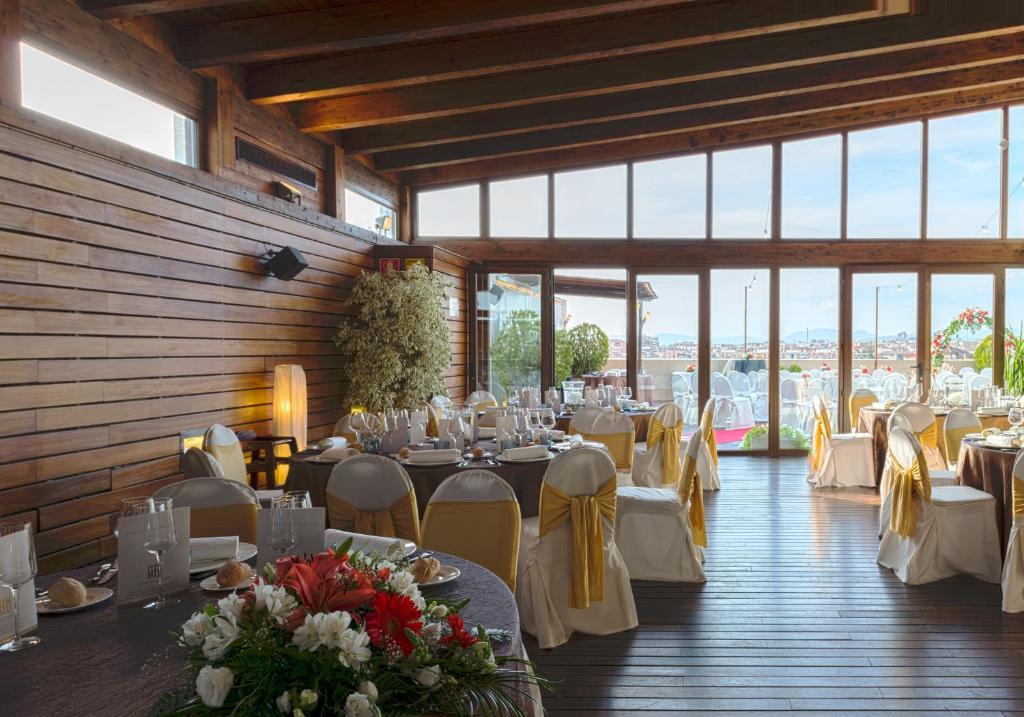
See our full review
Granada is easy to explore, especially on foot in its historic center. The Albaicín and Realejo districts, with their narrow, picturesque streets, are perfect for walking. To reach higher spots like the Alhambra or Sacromonte, the city buses are convenient, frequent, and affordable. The tram connects the more modern areas, while taxis and ride-hailing services offer quick transfers. The city also has a bike-sharing system, although Granada’s hilly terrain can make some rides a bit of a workout!
To experience Granada’s local cuisine, head to Calle Navas — one of the liveliest streets for enjoying tapas. Lined with bars and restaurants, it’s the perfect place to sample Andalusian specialties like jamón ibérico or honey-glazed eggplant. A warm and delicious atmosphere awaits you!
The Albaicín, a UNESCO-listed district, is arguably the most enchanting area to stay in Granada. It offers an authentic Andalusian atmosphere and stunning views, though accommodations here tend to be a bit pricier. For a great balance between comfort, budget, and location, the Centro and Realejo neighborhoods are ideal—you’ll be close to the main attractions while enjoying more affordable lodging.
Granada is a captivating city where history, culture, and nature meet. Its crown jewel, the Alhambra, is a UNESCO-listed Moorish palace and a true architectural masterpiece. The Albaicín district, with its views of the Alhambra, and Sacromonte, known for its cave houses and flamenco shows, embody the soul of Andalusia. Granada also charms with its lively student life, free tapas in local bars, and close proximity to the Sierra Nevada, perfect for hiking or skiing. A destination full of richness and variety!
Several neighborhoods are a must-see in Granada:
Albaicín: a historic Moorish quarter with whitewashed streets, offering breathtaking views of the Alhambra from the Mirador de San Nicolás.
Realejo: the old Jewish quarter, with a relaxed, bohemian vibe and plenty of tapas bars.
Sacromonte: famous for its cave houses and flamenco shows, ideal for a cultural immersion.
Historic Center: around the cathedral, this lively area is full of monuments, perfect for wandering between history and modern life.
To visit the Alhambra, it’s highly recommended to book your tickets in advance, as daily entry is limited. You can get there:
On foot, from Plaza Nueva (about a 20-minute pleasant uphill walk)
By bus, using lines C30 and C32 from the city center.
Once there, plan at least 3 hours to explore the different areas: the Nasrid Palaces, the Generalife, and the Alcazaba. To make the most of your visit, an audio guide or guided tour can be a great way to better understand the history and intricate details of the site.
Comments